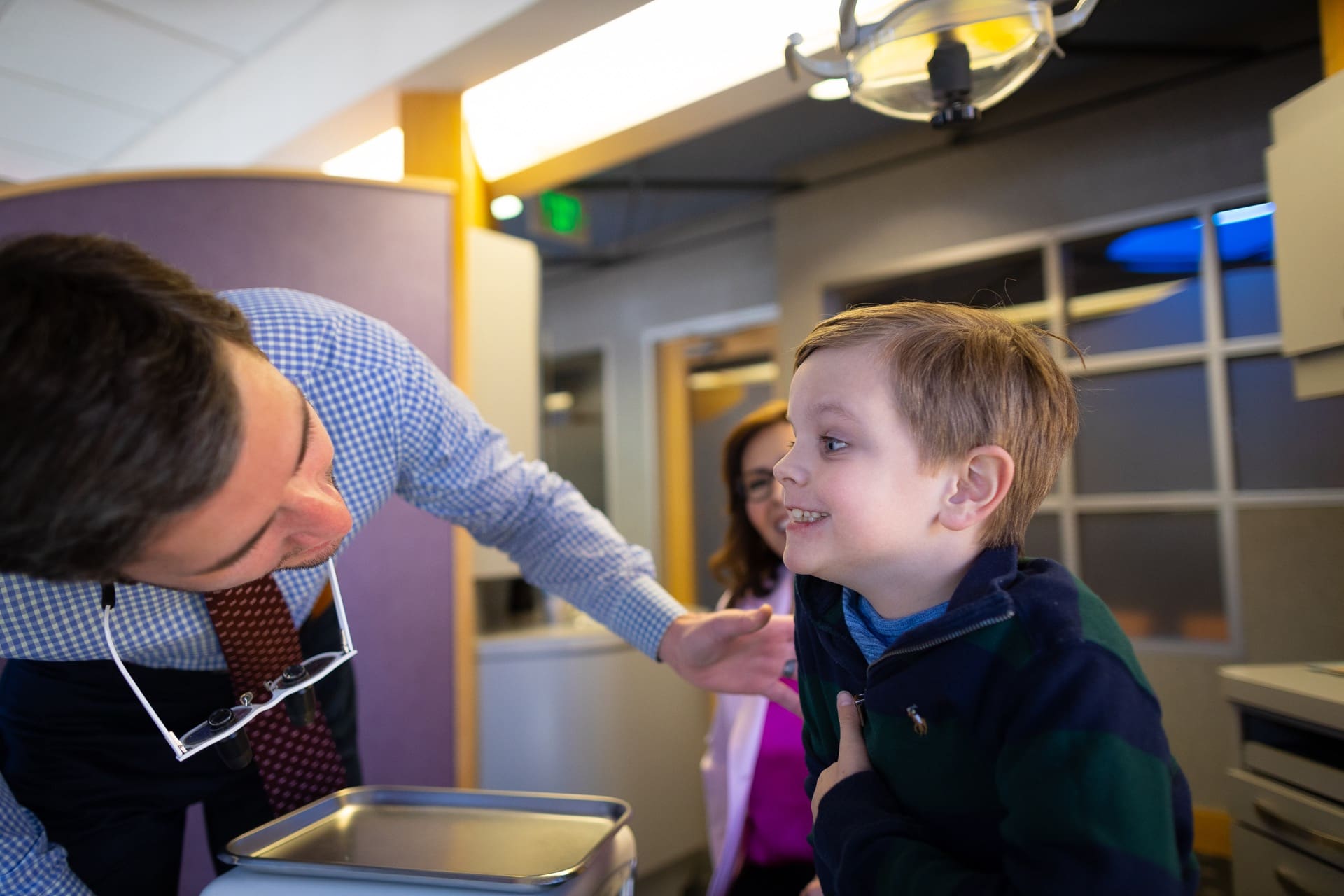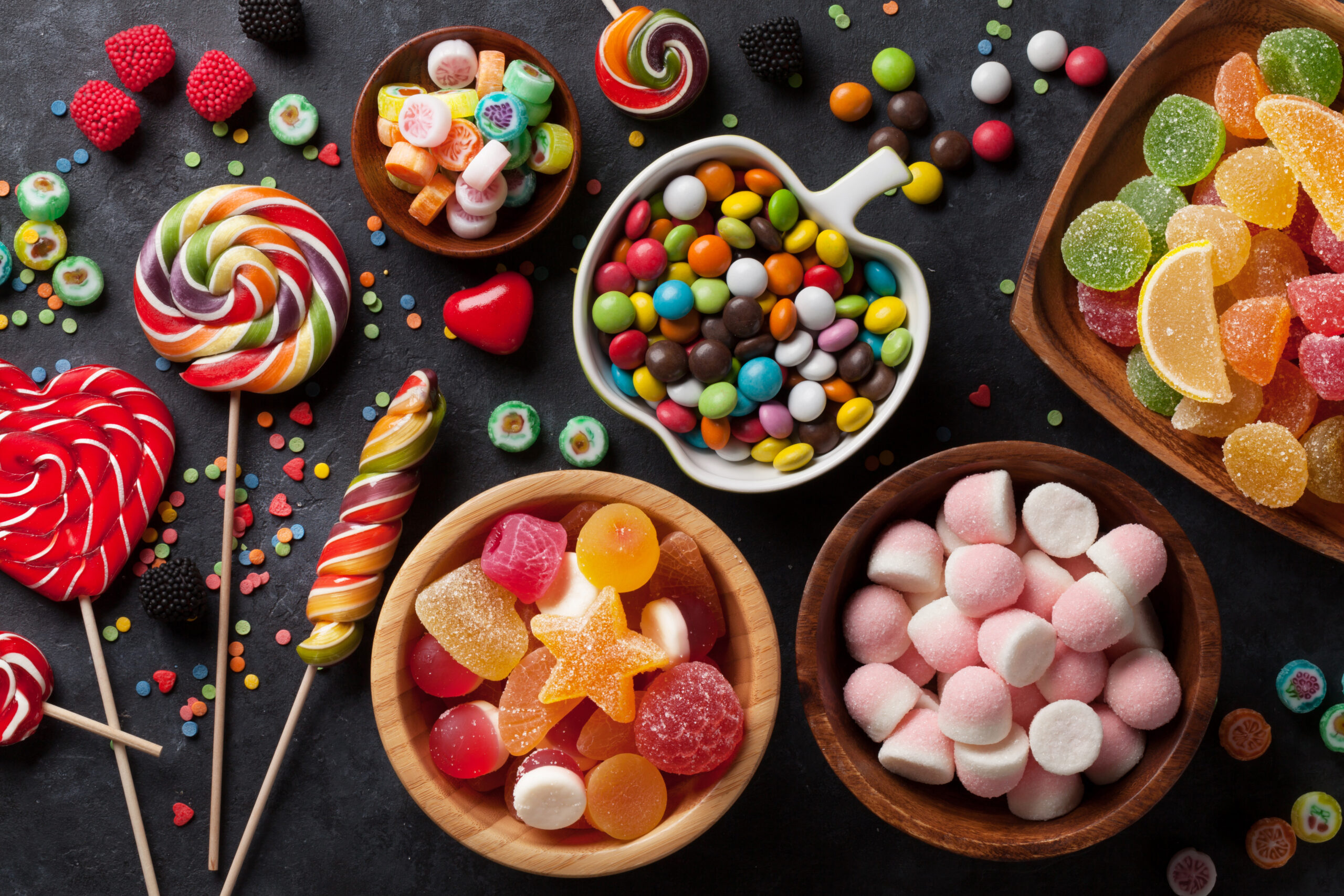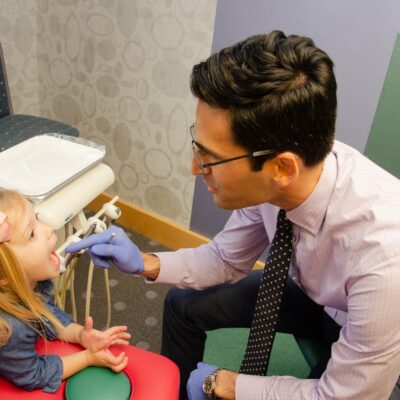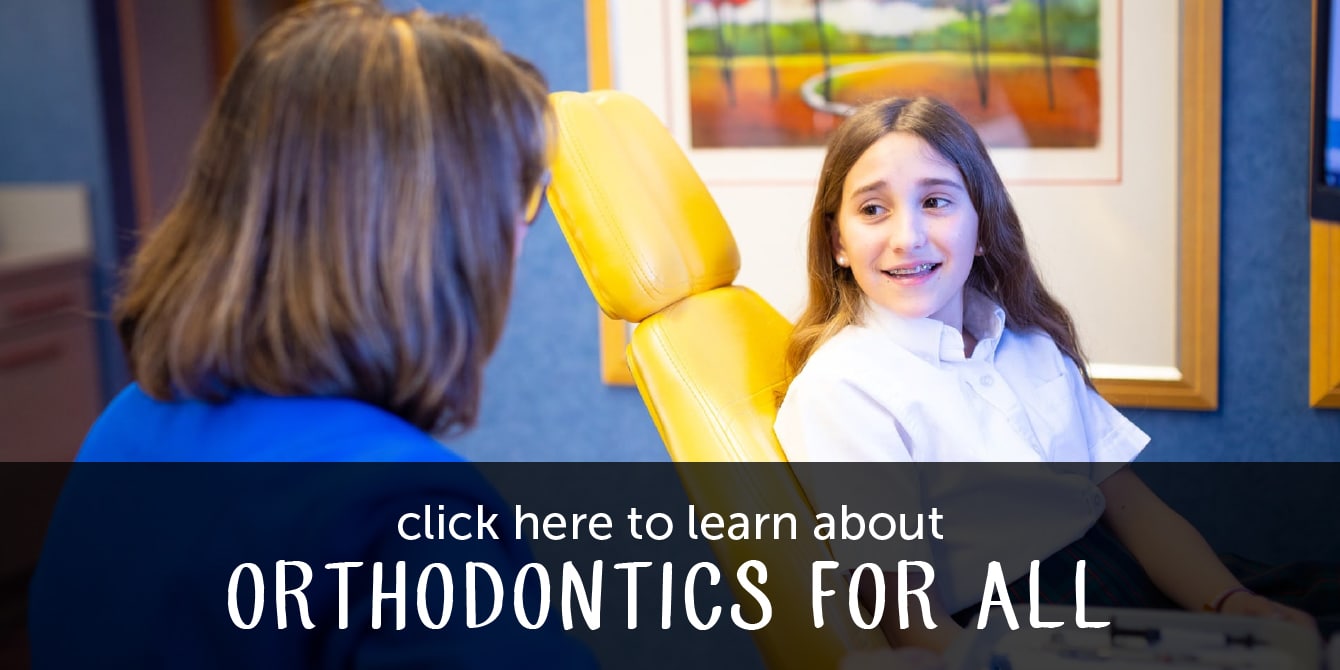The holidays are all around us, and the temptation to flood our bodies with “sweet treats” is hard to resist. We face aisles of enticingly colorful packaging and they taste sooo good. The season begins with Halloween which, by design, is laser focused on the activity of gathering as large a bag of candy as possible in a two-hour window. There is even discussion among “trick or treaters” as to which house not to miss because of their exceptional handouts.
Other holidays come along in November, December and into the New Year, not totally centered on sugar, but a lot of candy and desserts are associated with these family gatherings and celebrations. What are we to do to keep our kids from bouncing off the walls, especially when they have extra holiday time at home?
We believe it starts with understanding the consequences of sugar’s impact on their growing bodies and setting some reasonable boundaries around the type and the amount and offering healthy alternatives that taste good.
The effect begins on our teeth and moves to the gut when swallowed, and then continues to have broader consequences impacting our energy and our brains.
Sugar Facts
Our country is the largest consumer of sugar in the world – the American Heart Association reports an average consumption of 15 teaspoons (60 grams) per person each day. The recommendation for children is only 25 grams or 6 teaspoons a day. You might be surprised to know that sugar is also in most processed food, found in jars, boxes and bags, used to enhance their flavors and create a desire to eat more. Get in the habit of reading food labels carefully for informed choices.
Sugar’s First Impact … the Teeth
We don’t believe many people can navigate a totally sugar-free lifestyle, so understanding what version of sugar has the greatest cavity creating influence and having ideas for alternative choices can be helpful.
The bottom line is that the longer sugar (candy, cookies, etc.) stays in the mouth, the more damage can occur. If candy comes in the form of sticky, gummy or chewy, then naturally the time it sits on the teeth is greatly extended. Longer sugar attachment to the tooth gives bacteria time to combine with the sugar, creating acid which can make holes (cavities) in the enamel. On the other hand, if sugar melts, as in chocolate or ice cream, and moves past the mouth quickly, its negative effect on teeth is minimal.
By the way, sucking on hard candies or lollipops is not the same as melting – it bathes the teeth in sugar for long periods of time, which is not good.
Sugar and Gut Health
The form of sugar matters and impacts our bodies in different ways. Drinking a glass of apple or orange juice has nothing standing in the way of rapid digestion or metabolism. On the other hand, an apple or orange has soluble and insoluble fiber that both slows the absorption of blood sugar and digestion, which is much healthier. Fruits, vegetables and no-added sugar yogurt (probiotics) are some of the only foods with simple sugars that may actually benefit the gut.
Our intestines contain all kinds of bacteria – good and bad. The idea is to keep the levels of good bacteria high and healthy to resist inflammation which can lead to many intestinal diseases. Bad bacteria love cheap energy they get from sugar feeding them, and with excessive sugar pathogenic (disease causing), bacteria begin to grow and thrive while good bacteria become more scarce. This throws off the balance, giving diseases opportunities to advance.
Also, when eating or drinking refined carb sugar in candy, baked goods, juices or soft drinks and sports drinks, the sugar travels through your digestive tract where it’s absorbed into your bloodstream as glucose. This raises your blood sugar levels and makes you feel energized right away. A short time later, after the sugar is quickly absorbed, a crash occurs making you feel sluggish and craving even more sugar. Frequent rising and falling of blood sugar can possibly make a person susceptible to Type II Diabetes and the brain less able to function at optimal levels. So we suggest more protein as your children head off to school!
Alternatives to Sugar
- Offer water and milk (all types) as the only beverage on a regular basis at home versus having easy access to juice boxes, sport or soft drinks.
- When serving hot or cold cereal, add fresh fruit for natural sweetness versus buying sugary cereals.
- Have sugar-free ice cream or frozen blueberries or grapes in your freezer for a sweet treat.
- Try fun snacks like vegetables with hummus, tortilla roll ups with nut butters, cheese or deli meat, any fresh fruit or low-sugar yogurts.
- Xylitol gum or mints can have a positive impact on mouth bacteria.
- READ LABELS, choosing items containing less than 10 grams of sugar per serving. This includes any food that is bagged, boxed, jarred or frozen.
- Remember, that 4 grams equals 1 teaspoon of sugar.
Ideas for Halloween Bags and Other Holidays
One thing you might notice – it’s often the costumes and pursuit of candy with family or friends that makes Halloween fun. Setting some reasonable candy boundaries for your children ahead of time might help avoid an evening meltdown. For instance, allowing your children to keep an agreed number of candies and exchange the rest for a trip to the toy store. Or letting them eat several pieces Halloween night, and then donating the rest to a charity or retirement home. Older people love treats! When you think about what you might hand out to the children, ideas like pretzels, little toys, stickers or coins would be a fun surprise for their bags. The same can be applied to any holiday.
Exploring your family’s relationship with sugar can go a long way in making changes. Is sugar being used as a reward versus choosing a family activity or a toy? Is it being used to temporarily calm or soothe one’s emotions? Can sweet treats be offered after a meal as dessert or on a more occasional basis, putting less emphasis on it being the focus of the celebration?
At myKIDSdd our greatest wish is for you and your children to have a fun, safe and memorable holiday season. Please reach out to us if we can help you with new ideas for a healthy celebration!
Contact our office today!
We are confident through these preventative measures you and your child will achieve a healthy smile and have a great year of oral health. It is an honor to partner with you in caring for your child, as well as promoting overall health and wellness through education and self-discovery. Contact our office today to schedule a regular cleaning and exam. We can’t wait for you to experience the myKIDSdds difference!
Healthy Smile, Healthy Child
Of course, a beautiful smile begins with a healthy smile. Our team will help your child achieve good oral hygiene through regular cleanings and one on one education. Your little one will receive an oral hygiene score and coaching each time they visit us for a cleaning, cultivating a sense of responsibility and accomplishment while also building their confidence each time they improve their score. Don’t forget, a clean mouth promotes total body health and wellness too! This is why our doctors will screen for airway issues, talk about nutrition, eating habits, and much more. We want our patients to be empowered in the knowledge we provide to them on the health of their facial complex and how it relates to their overall systemic health. We are excited to partner with you throughout your child’s pediatric dental journey into orthodontics, and beyond!






















